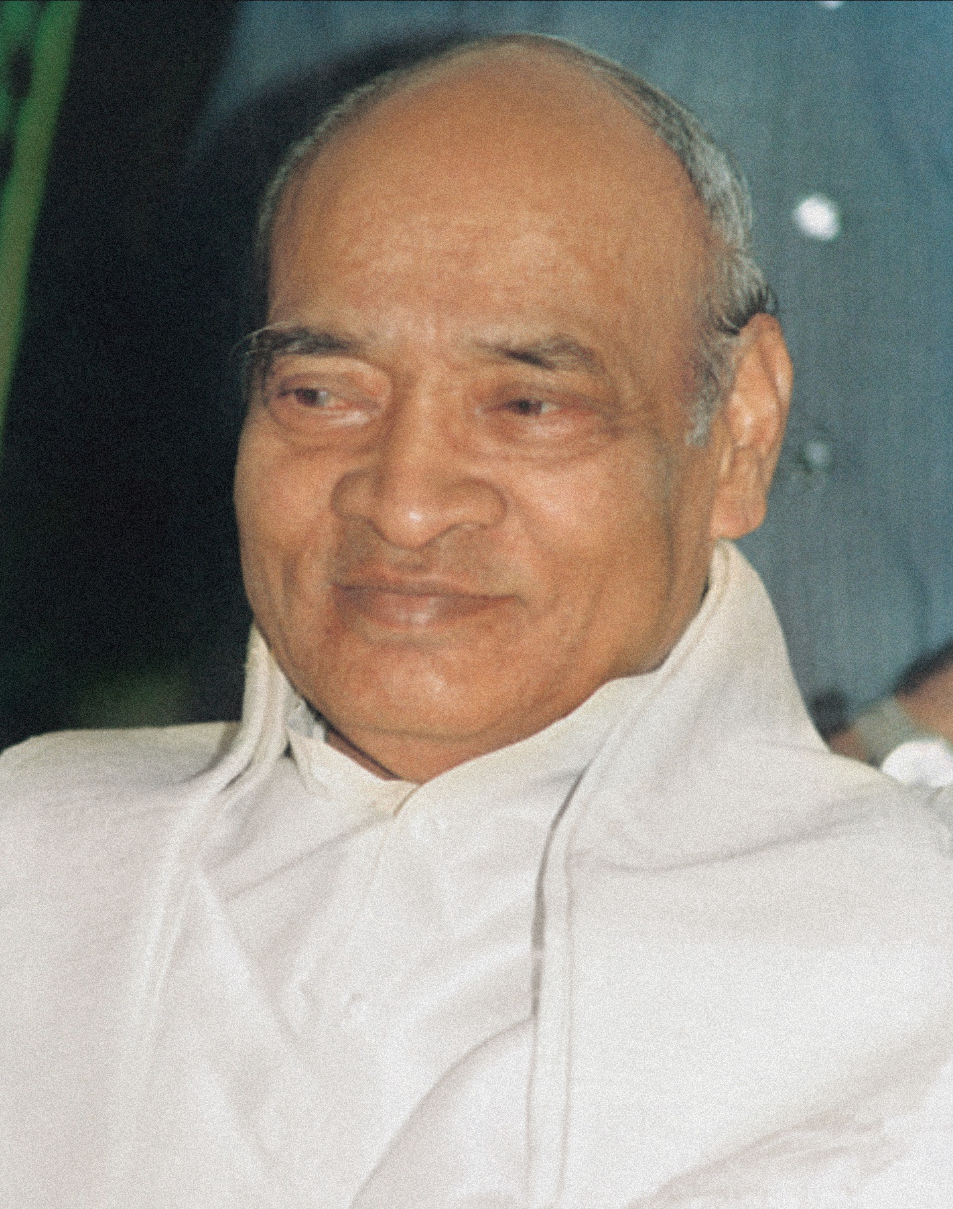Typically, the liberalizer pleads with Leftists to seek their approval for, or at least condonation of, reforms.
The ruling dispensation is no mood to remember and laud the architects of reforms—former Prime Ministers P.V. Narasimha Rao and Manmohan Singh (who held the finance portfolio in 1991). Even the Congress, whose leaders the duo was, seems to regard liberalization as a sin rather than achievement. At any rate, party president Sonia Gandhi, to put it mildly, was never fond of Rao, so remembrance on the part of the grand old party is ruled out.
Let’s trace the course of the 30 years of liberalization. It can be broadly divided into two unequal timespans: the beginning and efflorescence (1991-2004); and reversals and half-hearted reforming moves (2004-21). The first 13 years, which saw four governments, were characterized by not just the commencement but also consolidation of bold reforms. Almost all political parties and coalitions—including the Communist Party of India as a constituent of the United Front (1996-98)—enjoyed power during this period and none of them majorly undid liberalization at any point of time. Unsurprisingly, by the end of the first period, “reforms are irreversible” became conventional wisdom.
But 2004 witnessed the revival of socialism and sharp reaction to reforms in Lutyens’ Delhi. Red and pink leaders and activists tried to block economic reforms, create mechanisms to strangulate business, and devise ways to augment public (read wasteful) expenditure. Owing to the 13 years of reforms, however, the economy had acquired certain resilience, which not only withstood the depredations of the communists (who supported the UPA regime from outside during 2004-08) and the National Advisory Council (NAC), but grew at a fast pace for the first four years. It needs to be mentioned that the NAC, headed by UPA chairperson Sonia Gandhi, comprised an assortment of professional revolutionaries, green terrorists, bleeding hearts, and downright Luddites. What made them really dangerous was the fact that they were Sonia Gandhi’s handpicked advisers to shape public policy; and she was the de facto ruler of India.
Most of the time during UPA I, the communists and NAC fanatics planted landmines in the economy. Over the years, much has tripped on the landmines. The proposed food security legislation is one such landmine; the NREGA is another monstrosity, making serfs out of free citizens, who are perpetually looking at askance at the gigantic landlord—the state.
The Narendra Modi regime was expected to restart and expedite the liberalization. Some efforts have also been made, like privatization of public sector undertakings and banks, but they are yet to see fruition; the nation is yet to see a big-bang reform.
Perhaps it is because of the might of the Lutyens state—the entrenched policy and decision makers who are socialist by instinct, education, and training. If anything, they have made the life of the businessman miserable in the last few years by making compliances tough, regulation tighter, and government agencies much more empowered. Perhaps the toxic public discourse, still conducted in a Leftist idiom, is hampering liberalization. Or it is the influence of Swadeshi zealots. The result, however, is unmistakable: a struggling economy, gasping for the oxygen of reforms.
It is curious that 30 years after liberalization began and went on transforming and improving the basic structure of the economy in a significant way, economic reforms have neither a political constituency nor a committed, large section of opinion makers. Liberalization has been accepted as an instrumentality for nation-building, rather than an economic philosophy that is wedded to the idea of liberty.
Worse, typically the liberalizer obsequiously pleads with Leftists to seek their approval for, or at least condonation of, reforms. His supplication is: look, we don’t believe in your ideology, but we concede that its goals are laudable; and, by the way, these are also our goals. Since the economic philosophy we believe in actually helps achieve your goals such as poverty eradication, please appreciate the efficacy of the market economy. This is the sum and substance of their message to their “Leftist friends”. The latter, however, disdainfully rebuff such entreaties. The liberalizer proposes, the Leftist intellectual disposes.
Politicians, despite all their shortcomings, are not to be fully blamed for not embracing liberalization wholeheartedly. For they do not function in a socio-cultural vacuum; they are influenced by the climate of opinion which they can ill-afford to ignore. Unless there is a substantive, virtuous climate change, there is little incentive among politicians for faster, bolder, and deeper economic reforms in the country.
The author is a freelance journalist

